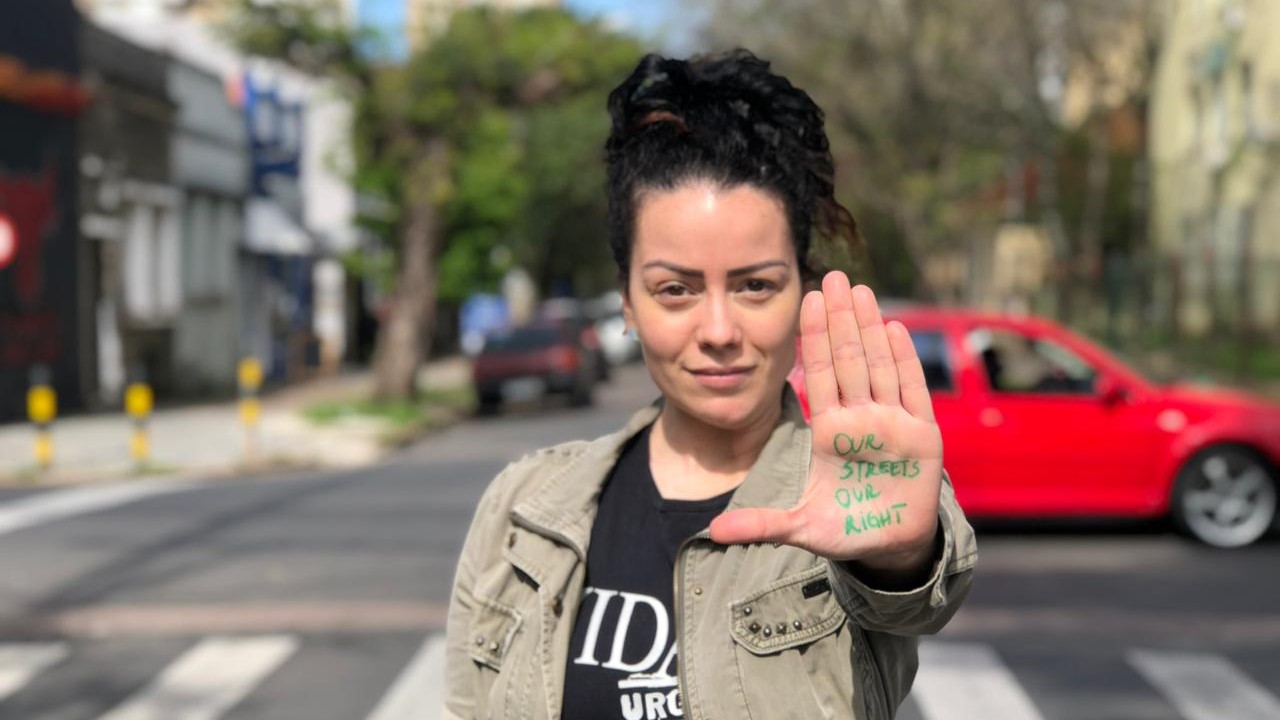
The UN SDG Summit will take place at the UN Headquarters in New York on 18-19 September 2023. Read our open letter to world leaders below.

Dear world leaders,
We are writing to you today in the lead-up to the 2023 UN SDG Summit in New York with a sense of urgency and alarm. The upcoming Summit should be a forum where the crisis on our roads and the need to rethink mobility are addressed. We are disappointed that mobility has been overlooked in the political declaration to be adopted at the Summit. Rethinking mobility is critical not only for SDG 3.6[i] and 11.2[ii] but also as an enabler to achieve a host of other SDGs.
3,700 people are killed daily on the roads worldwide[iii]. We cannot accept these tragedies. We cannot accept that road injuries are the leading cause of death in people aged 5-29[iv] and a major cause of disability. We cannot accept the devastating effects of crashes on families and communities, from loss of income, jobs, and education to physical pain and psychological problems[v]. We cannot accept that evidence-based interventions are not financed to the scale required and that roads are not built with safety in mind, especially for those most at risk. We cannot accept that even though we know what works to reduce road deaths and injuries, we are not implementing it[vi]. We are not doing enough to rethink mobility. We are leaving people behind.
Rethinking mobility isn’t just about reducing road deaths and injuries. It is also about creating more livable and sustainable cities and communities, improving air quality, and reducing noise pollution. A safe road system enables children to get to school and their parents to access decent work opportunities. It must consider safe mobility for all, including those who walk, bike, or take public transport, not just motorized vehicle users. This can contribute to reducing emissions and making people healthier and societies more equitable.
We urge you to take action to reduce road traffic deaths and injuries by 50% by 2030. How? By rethinking mobility and prioritizing road safety interventions that have been proven to save lives and reduce injuries. When you return to your country after this Summit, we urge you to make specific public commitments to implement lower speed limits; 30 km/h zones where people walk, cycle, live, and play; and road infrastructure to protect pedestrians, such as speed bumps, footpaths, and raised crossings.
How can you back up these commitments? By allocating funds to these proven interventions and involving people and communities—youth, women, and other overlooked road users—in decisions that affect them, to make our streets safe and inclusive for all.
We have only 2,664 days until the end of 2030: 2,664 days to reduce road traffic deaths and injuries by 50% and to achieve the full SDG agenda for a safe, sustainable future for people and planet that leaves no one behind. We cannot afford to wait any longer. Take action with us. Together, we can make a difference.
Road safety advocates around the world
[i] Road traffic injuries: By 2030, halve the number of global deaths and injuries from road traffic crashes.
[ii] By 2030, provide access to safe, affordable, accessible and sustainable transport systems for all, improving road safety, notably by expanding public transport, with special attention to the needs of those in vulnerable situations, women, children, persons with disabilities and older persons.
[iii] WHO, “Global Status Report on Road Safety” (2018), vii.
[iv] Ibid, p. vii.
[v] Global Alliance of NGOs for Road Safety, “The Day Our World Crumbled: The Human Cost of Inaction on Road Safety” (2020), 20.
[vi] Brondum, L., Sakashita, C. Man, L. and Motta, V. (2022). “New Deal in Road Safety: Why we need NGOs”. Journal of Road Safety, 33(1), 65.